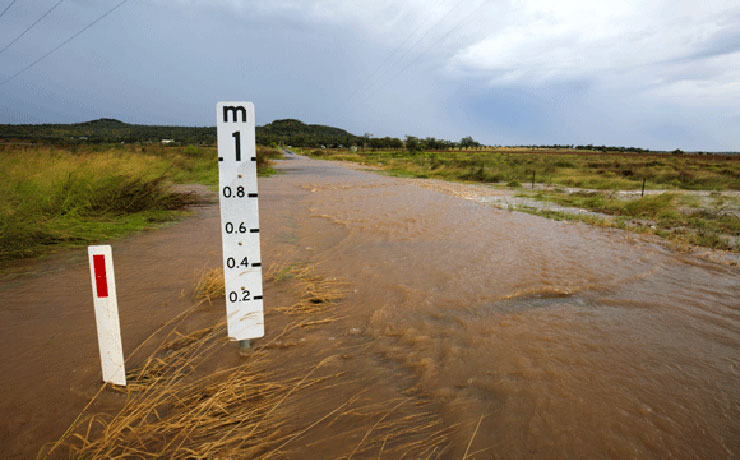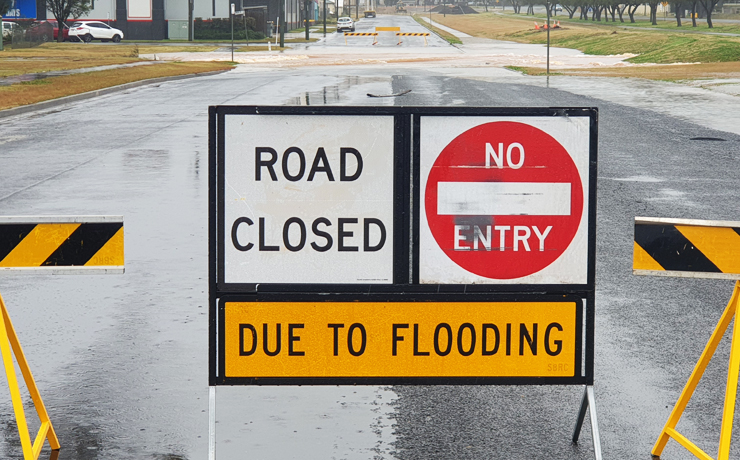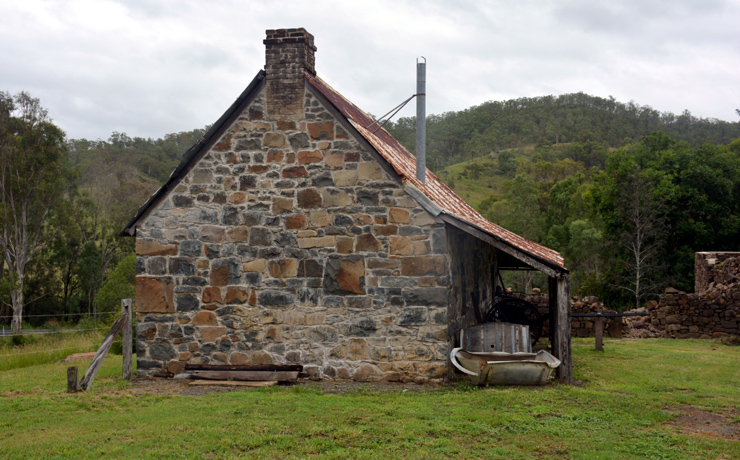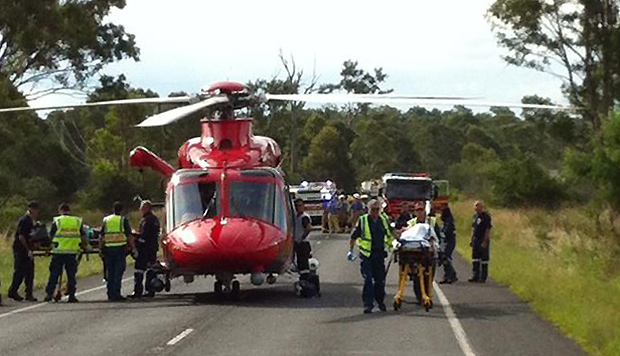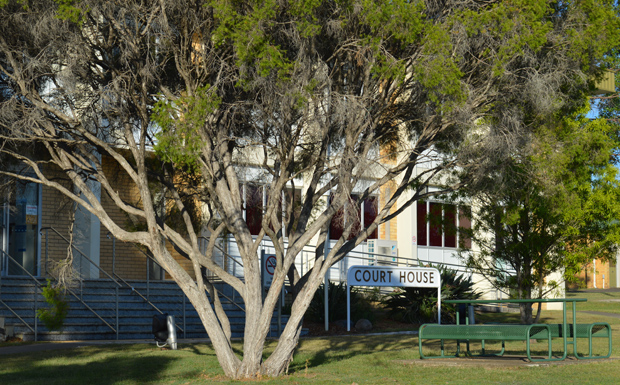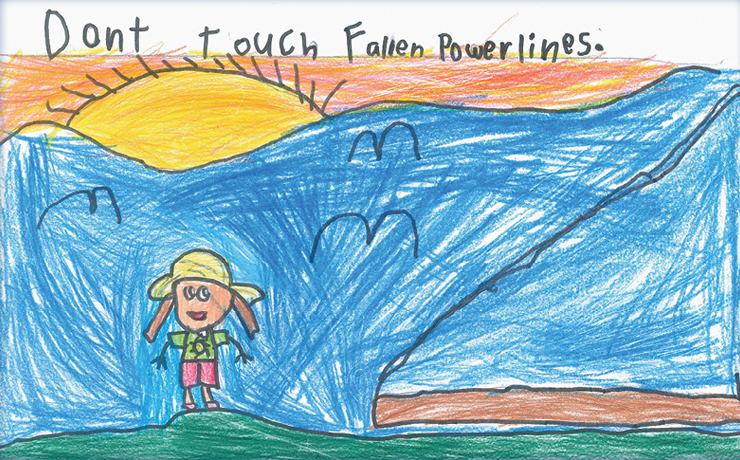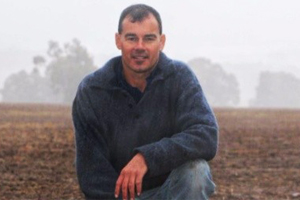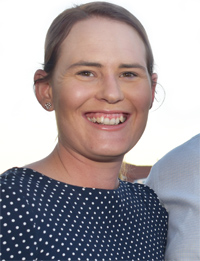
March 21, 2022
Farmers are being urged to engage with the next phase of the $2 million Burnett Water Feasibility Study, detailing what they want and what they are prepared to pay.
Phase 2 includes the development of “demand assessments” for the three identified South Burnett priority projects: Barlil / Barambah West weirs, Gordonbrook Dam, and Blackbutt irrigation.
South Burnett Mayor Brett Otto said the next stage of the water study was a “key progression” towards achieving real outcomes.
He encouraged stakeholders to engage in the assessment process.
Stakeholders with current or potential interest in the Barlil and West Barambah weirs project, irrigators and growers in Blackbutt and Mt Binga, or near Gordonbrook Dam have been invited to take part in upcoming workshops.
Cr Kirstie Schumacher said these workshops would allow those with current or potential irrigation needs to explain how much water they currently use, how much water they could use and what they would be willing to pay to do so.
“Demand and willingness to pay will determine how these projects are progressed, what further investigations are required and will help to inform decisions such as the size of potential storages at Barlil Weir and West Barambah Weir,” Cr Schumacher said.
Council has engaged consultants KBR to handle this phase of the strategy.
“Direct feedback about each stakeholder’s water needs will help Council and the KBR team to understand the potential of future economic growth if we were to improve water reliability and will be critical to determining the feasibility of pursuing these options,” Cr Schumacher said.
“Council intends to work with all stakeholders and levels of government to progress these projects beyond the Strategic Business Case, however this cannot occur without feedback from those with direct or potential irrigation needs.
“We know we can grow almost anything in the South Burnett. We have the soils, available workforce and knowledge to expand irrigated agriculture and produce high-value crops. With reliable water we can create more jobs and a stronger and more diversified economy.
“The feedback and expressions of interest received will inform how Council will proceed with the next stage of business cases for infrastructure development.”
* * *
Meeting Information
Project leaders Matt Bradbury, Christopher Hewitt and Angus MacDonald will meet with stakeholders at the following locations to conduct the targeted assessments:
- Blackbutt Growers and Irrigators: Monday, March 28, from 12:30pm at the Blackbutt QCWA Tearooms
This project will investigate the options to provide new water to the highly fertile agricultural area of Blackbutt and Mt Binga by leveraging existing water infrastructure, including greater utilisation of the Wivenhoe pipeline. The project aims to identify any associated infrastructure requirements to deliver water from the centralised off-take to individual water users.
- Barlil and West Barambah Weirs: Monday, March 28, from 4:00pm at the Murgon Town Hall
This project will further investigate building new weirs on Barambah Creek to increase water reliability on existing allocations and/or provide new water allocations. Other potential solutions include the construction of Barlil Weir (135km upstream of its convergence with the Burnett River and about 8km north-west of the township of Murgon). The Barlil Weir could have a capacity of 1000ML and annual yield of 3000ML. This will also improve alignment of agricultural water allocations to demand in areas containing fertile soils. The potential construction of an additional weir at West Barambah is also being investigated as part of a joint strategy to address reliability to producers along the Barkers/Barambah scheme.
- Converting the use of Gordonbrook Dam from urban water supply to irrigation supply: Tuesday, March 29, from 9:00am at the Kingaroy Town Hall, Kingaroy
Gordonbrook Dam is a 6600ML storage that provides urban water to Kingaroy. This project aims to investigate and determine the best future use of the dam, with consideration of the water treatment challenges faced when the dam capacity falls below 50 per cent. This project will assess the viability of converting Gordonbrook Dam to irrigation-only use in the medium and long term.
Related articles:
- $3m Project To Assess Water Options
- Meetings To Discuss Water Projects
- Council Picks Final Water Projects
- Council To Examine Weir Plan
- Council Aims To ‘Empower’ Irrigators
- Barlil Weir Earns Phase 2 Tick
- Parties Urged To Match Weir Promise
- LNP Vows To Build Barlil Weir
- MP Has Hopes For Weir Project
- Water Study Identifies Key Projects
- Water Study Highlights Blackbutt
- Meeting To Distill Water Options
- Meetings To Discuss Water Plans
- Burnett Water Study Begins
- Extra $1.5m For Water Study
- Paradise Dam ‘A Golden Opportunity’
- Department To Lead Water Study
- Water Infrastructure Study Inches Ahead
- Mayor Calls Water Meeting
- Consultant Tipped For Water Project
- Great Ideas … Just Add Water
- Water Meeting On Thursday
- Council To Consult Widely On Water Projects
- $2m Study To Improve Irrigation
- Council Ideas Receive Funding
- QFF Welcomes Water Study












